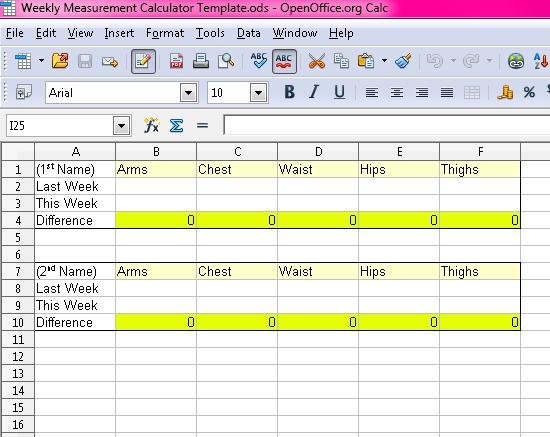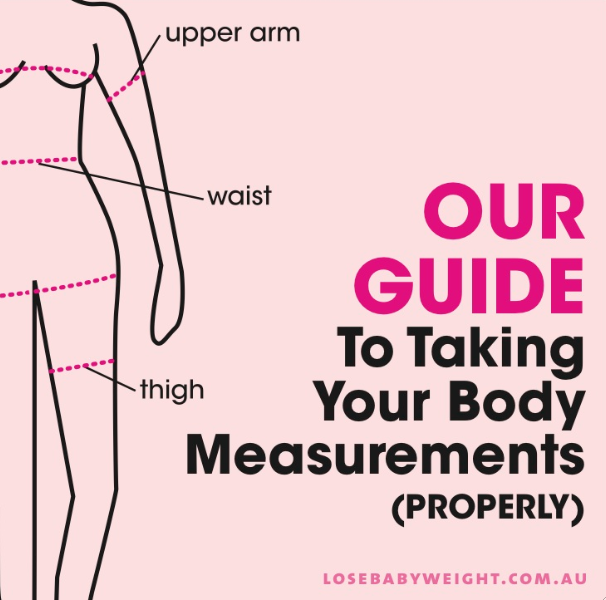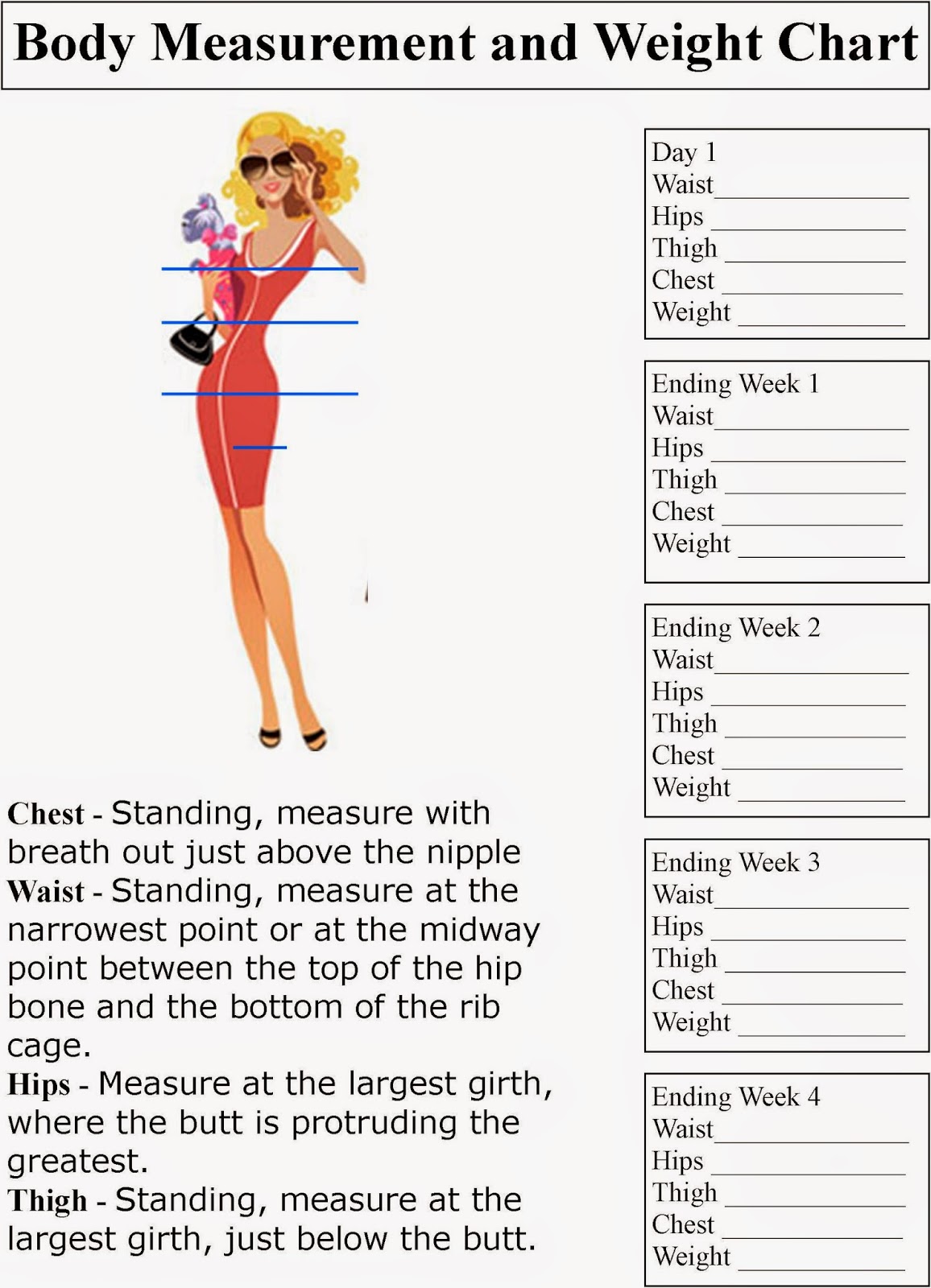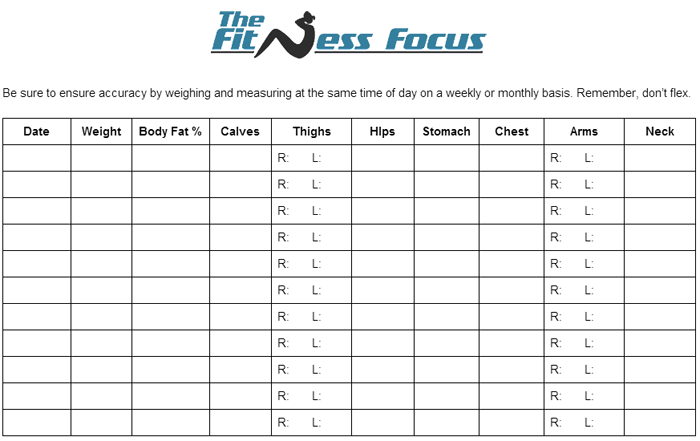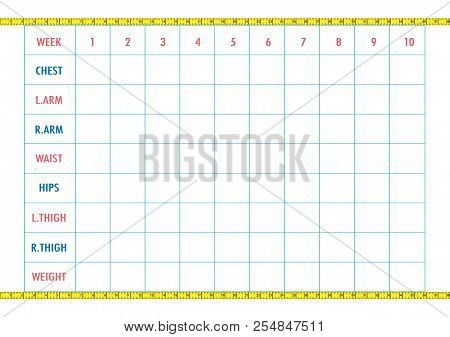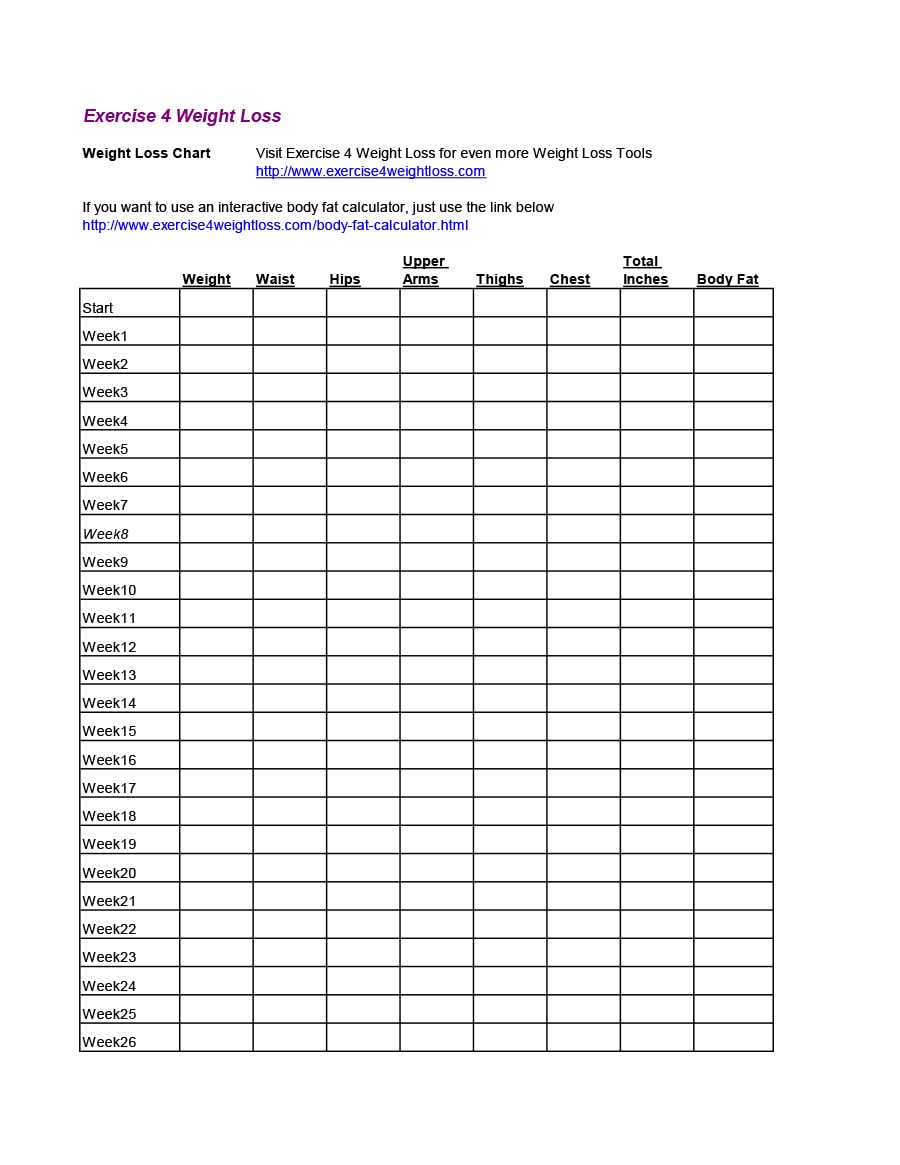Keep a notebook that lists the measurements and date taken to help track your progress. When you eat it your body will add that weight as well.

Ways To Measure Your Weight Other
How to body measurements for weight loss. How to measure your waist for weight loss take your myotape stretch it out and wrap it around your body at your waist line. It doesnt mean youve gained weight it simply means that youve added something to your body something that will be eliminated through digestion over the next several hours. 6 dos and donts of using a measuring tape to track your weight loss. Finally measure each thigh around the largest portion. There are about ten important body measurements you can take and compare as you continue on with your weight loss journey. Measure around the biggest part of the upper arm.
Continue to track your weight loss in inches once every eight weeks. Place tape measure around the last thing to hit the door on the way out. If thats still too much do your hip andor waist measurements. The scale considers all body weight including organs fluids bone muscles and fat. Measure right across your belly button. Measuring the body at the start of a weight loss plan and periodically during the process allows you to see the areas of the body that are losing inches and help you make judgments on where to focus toning exercises.
For consistency youll position the tape measure over your belly button every time you take a waist measurement. Put the plastic cylinder at the end of the tape in its notch. Dont only measure one part of your. Though ensuring your diet is balanced with the right vegetables protein and healthy fats is part of losing. Measure around the chest right across the nipple line. Record each of these measurements.
To reduce risk of chronic disease women should maintain a waist circumference under 35 inches and men should keep waist circumference to. Take your measurements every 4 weeks and be patient with yourself. Weighing yourself after a meal isnt the best idea simply because food adds weight. Body measurements are often the stronger predictor of disease risk than bmi. Track measurements in a journal along with weight loss. This is how you can truly measure your weight loss progress.
It also discredits muscle gain if following a strength training program. Dont measure yourself daily. The average body fat percentage is between 25 and 31 percent for women and between 18 and 24 percent for men. Measure around the biggest part of each thigh. After finding out your body fat percentage use this number to calculate your pounds of muscle versus pounds of fat. You dont have to track all ten if you dont want to but aim for at least one leg one arm measurement as well as your hip and waist measurements.
While the scale is often used to track weight loss it does not measure body fat changes. Move on to your hips measuring around the largest part of the butt with the heels of your feet together. Do measure the exact same spot each time.
